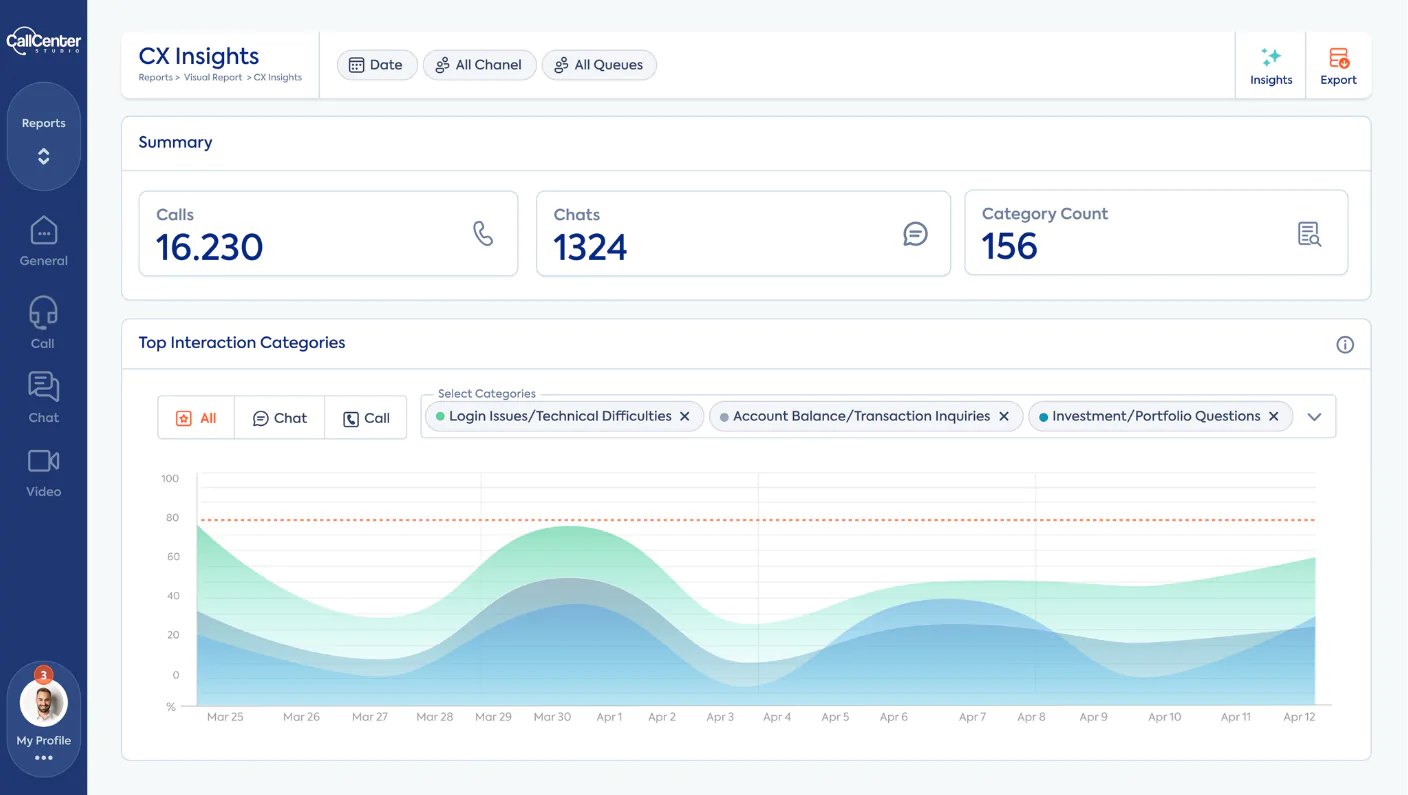Looking to optimize customer service while lowering costs?
A virtual call center might be your answer.
In this guide we’ll cover:
- What is a virtual call center, and its historical background
- How does a virtual call center work, and
- Why are more businesses setting up a virtual call center to modernize their customer service?
Let’s Start.
From Early Call Centers to Virtual Contact Centers
Like they say: Rome wasn’t built in a day, and neither were virtual contact centers.
There’s massive technological innovation and nearly half a century of development behind today’s virtual call center solutions. Understanding this journey helps illustrate just how far we’ve come.
1. The Very Beginning: The First Call Centers (1950s–1960s)
1950s customer service meant waiting an eternity or mailing a letter into the void.
Then, around 1958–1960, the Birmingham Press and Mail set up what many call the world’s first real call center: complete with tech that could route calls instead of handing them off like a hot potato.
By 1965, they weren’t just answering phones, they were doing it smart. With new tech, calls started going to the right person instead of just “whoever’s free.”
2. Technology Accelerates: ACD & Toll-Free Numbers (1970s)
Fast forward to the groovy ’70s. Businesses were catching on, and customer service started to scale up fast.
Automated call distribution (ACD) went mainstream, helping companies handle growing call volumes with a lot less chaos.
Then in 1967, AT&T dropped a game-changer: toll-free 1-800 numbers. Suddenly, customers could reach businesses without worrying about call costs, and customer support became more:
- Accessible,
- Personalized, and
- Immediate.
3. From Call Center to Contact Center (1990s–2000s)
In the 1990s, the scene was buzzing with innovation: CRM systems started organizing customer info like never before, and IVR (Interactive Voice Response) let you “press 1 for billing, 2 for tech support.” Besides all of these:
- Communication channels exploded. Suddenly, customers didn’t just want to call, they wanted to email, chat, and tweet.
- By the early 2000s, the real magic happened: cloud platforms took over.
With early CCaaS (Contact Center as a Service) providers hosting systems online, the foundation was set for today’s fully flexible, always-on cloud contact centers.
4. The Rise of Virtual Contact Centers
Before we close the history book, it’s worth asking, why did so many companies invest decades of effort, tech, and talent into developing contact center technology?
Simply put: customer expectations changed. As businesses scaled, customer bases diversified, and communication channels multiplied, traditional call centers couldn’t keep up.
So, companies realized they needed:
- Faster, more scalable support models
- Technology that adapts to customer behaviors (voice, email, chat, social)
- Cost-effective service without sacrificing quality
- Global reach with local impact
- Remote workforce flexibility
And virtual call centers check all those boxes. From early ACD systems to today’s AI-powered CCaaS platforms and virtual call center technology. It’s been all about smarter, more human customer experiences.
How Virtual Call Centers Work and Why They’re a Smart Business Move
Unlike traditional call centers that rely on physical infrastructure, virtual call centers operate entirely online, offering:
- Flexibility: So you can run a call center from home or anywhere
- Scalability: You work immediately with remote agents and digital tools
- Access to a global talent pool by using virtual call center software
Thanks to remote call center/cloud call center businesses can provide faster support with omnichannel communication, and deliver consistent customer experiences.
Now, companies are managing call routing, CRM integration, performance tracking and omnichannel support (phone, chat, email, social media)
Key Benefits of a Virtual Call Center:
- Lower costs: Forget about massive office leases or on-site equipment. A virtual call center slashes overhead by going fully online.
- Scalable support: Need more agents during a product launch or holiday season? Scale up quickly. Virtual setups give you that kind of flexibility.
- Remote flexibility: Your talent pool isn’t limited by geography anymore. Hire great reps wherever they are, and let them work from home comfortably.
- Omnichannel opportunities : Phone, email, live chat, social media, customers expect to reach you on their terms. Virtual call center platforms make it easy to deliver seamless support across all these channels.
- Becoming Strong: Whether it’s a snowstorm or a global pandemic, your operations won’t grind to a halt. Cloud infrastructure keeps things running even when your physical office can’t.
- Integration Benefits: You get faster deployment, easier integrations with other tools, and a setup that grows with your business. It’s future-proof support without the hassle.
You may be a fast-growing startup or an enterprise with global customers, no matter. A virtual call center helps you deliver efficient, high-quality service, without the traditional limitations.
Recap
Do you want to reduce costs and boost customer satisfaction with a virtual call center solution?
👉 Explore our virtual contact center services or request a free demo to see how we can help you deliver:
- Modern,
- Flexible, and
- Reliable customer support at scale using the best virtual call center software available today.
- Get to know you and your operations a little better.
- Discuss the challenges you’re looking to overcome.
- Plan the successes you’re looking to achieve.
- Tailor a walkthrough of the features that will help you the most.
- Define the next steps and plan out our journey together.





